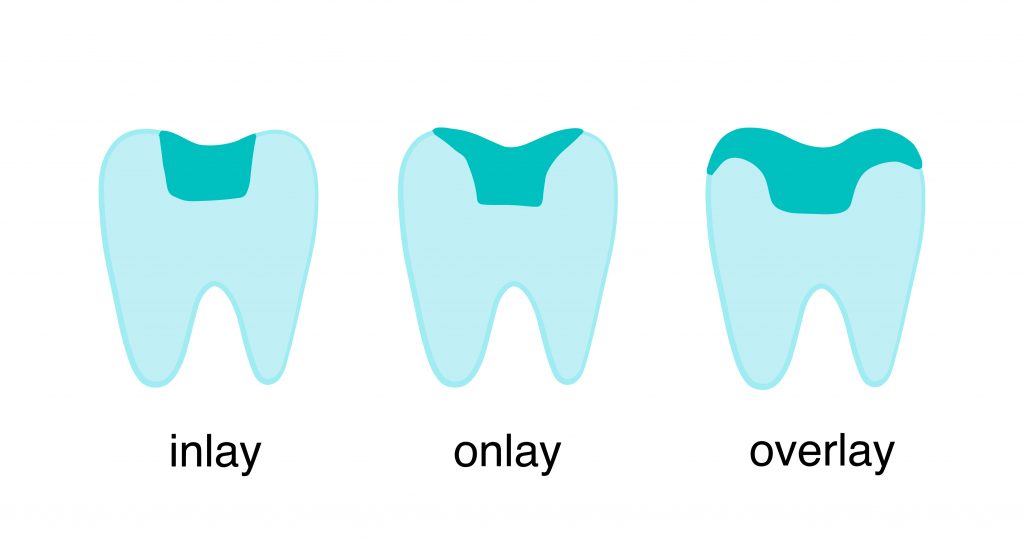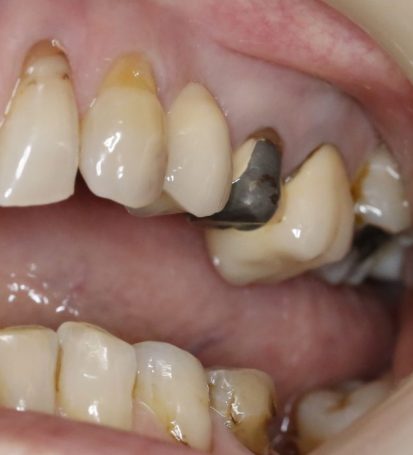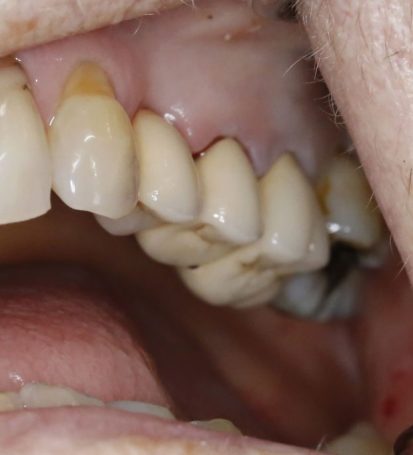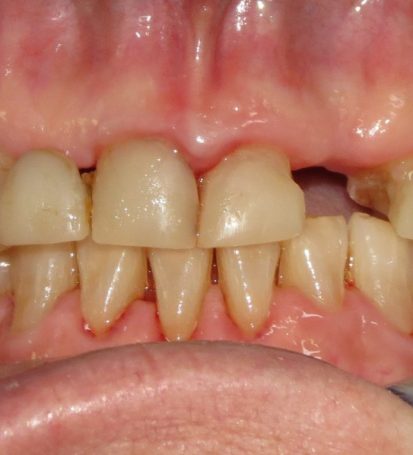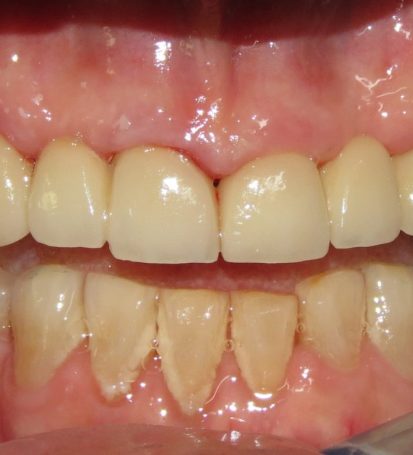Dentist in Moonee Ponds, Essendon & Pascoe Vale
Crown & Bridges
A crown, which is sometimes called a ‘cap’ is an artificial restoration that fits over the remaining part of a prepared tooth, making it strong and giving it theshape of a natural tooth. In cosmetic dentistry, a crown is made of porcelain. Sometimes gold is used in circumstances where appearance is less important.
Crowns may be indicated if a tooth has become weakened or broken due to trauma, tooth decay, large fillings, cracks, root canal treatment, or excessive wear and tear. They can also be used for front teeth, where veneers are not sufficient.
A bridge replaces one or more missing teeth. It consists of crowning teeth adjacent to a gap and suspending an artificial tooth or teeth between them. The whole unit is then cemented in place.
Bridges are becoming less common these days, as the benchmark treatment for replacing a missing tooth is now a dental implant.
At least two visits are required for a crown (or bridge) to be placed.
- the tooth/teeth to be crowned are shaved down to allow space for the crown to be fitted. An impression is taken and sent to a laboratory for crown construction, and a temporary crown is made for you to wear in between appointments.
- the temporary crown is removed, the colour and fit of the new crown is checked, and cemented in place permanently
Crowns and bridges should last for many years, although there is never a lifetime guarantee in dentistry. As with natural teeth, longevity depends on good hygiene and maintenance. Although they are the strongest way to restore a tooth, they are can still fracture or suffer decay of the underlying tooth. If there is a clenching or grinding habit a guard may be strongly recommended by your dentist to be worn at night, to minimise the risk of this kind of damage.
Possible complications of crown and bridge treatment are:
- Sensitivity and pain following crown preparation in either the tooth and/or the gum around the prepared tooth can occur. This may be mild to severe. It is usually transient but, in some cases, may persist and may indicate the need for root canal therapy.
- Pain in the jaw joint and muscles can flare up, as your mouth is open for an extended period. Sometimes there is a reduction in capacity to open the mouth for some time. Usually this is temporary, but if it persists, treatment by a physiotherapist may be required.
- Though the risk of persistent sensitivity and subsequent nerve infection is there, we do our best to mitigate this risk by being as conservative as possible. This risk is normally related to the condition of the underlying tooth, the extent of decay, depth of existing restoration and number of times it’s been refilled
- Loss of the temporary crown
- Failure of the crown- crowned teeth can still get decay underneath them, and require replacement or removal, so regular maintenance and review is required.
- If a crown is being placed due to a crack, then occasionally sensitivity due to the crack will persist, and indicate the need for root canal therapy. There is a risk this may also lead to extraction of the tooth if the crack is vertical.
- Uncomfortable or strange feeling- this may occur because of the differences between the natural teeth and the artificial crown material. Most patients become accustomed to this over time.
- Wear and chipping of a crown can occur as it would in natural teeth- this may be due to chewing excessively hard materials, changes to biting forces, traumatic blows to the mouth or as a result of normal wear and tear.
- Approximately 4-8% of crowned teeth become inflamed or infected within 10 years. This means there is a percentage of crowned teeth that will require root canal therapy through the crown, or extraction. Occasionally the crown will then need to be replaced.
Dental Inlays/ Onlays
Inlays and onlays are used to rebuild teeth that have lost a moderate to large amount of their structure.
- An INLAY is contained within the cusps of the teeth, and are cemented or bonded into place
- An ONLAY covers over the cusps, and is cemented or bonded in the same way as an inlay
Unlike direct restorations (fillings), they are made in two stages, much like a crown. The tooth is prepared, an impression taken and sent to a dental laboratory for inlay/onlay construction. When the inlay/onlay is returned, it is cemented or bonded into the tooth.
The process is almost identical to crown construction, but is more conservative of your natural tooth. For an inlay or onlay to be successful, very strict size/shape/depth criteria need to be met.
The advantages of inlays and onlays are that they are very strong, and can look very close to natural teeth if made of porcelain. They are durable and occasionally more conservative of tooth structure than crowns. The disadvantages are cost due to the use of a laboratory and high cost materials, and they may require removal of tooth structure for preparation.
Your dentist will carefully consider the best option when assessing your restorative needs.
